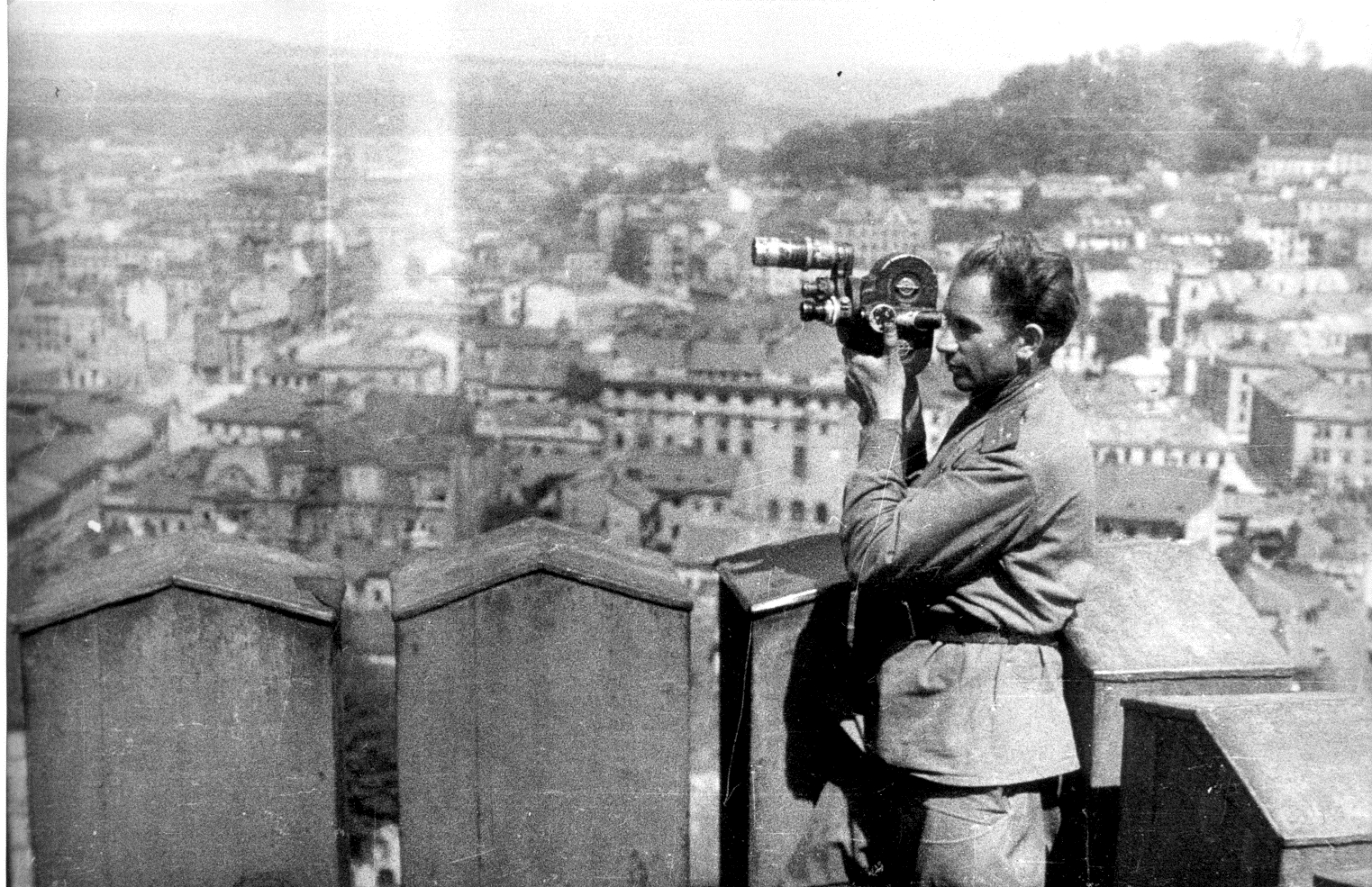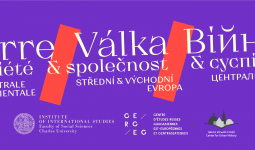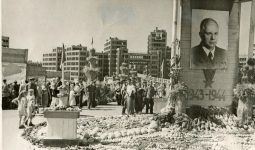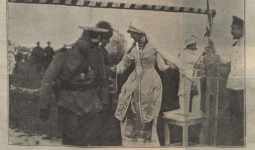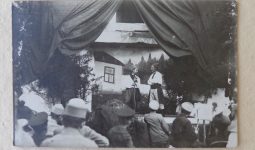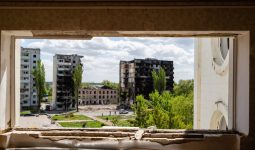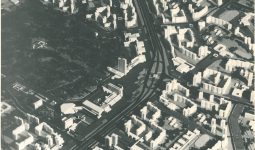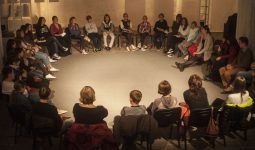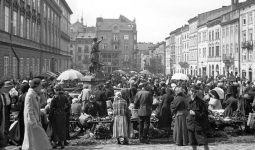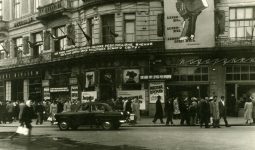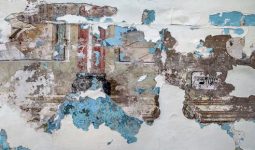Cityscapes after the Change of Borders in Lviv and Wroclaw (1944-1991)
Dr. Sofia Dyak
This project compares the history of the post-World War II integration of two Central European cities, Lwów/Lviv and Breslau/Wrocław, into new systems of national and political belonging, imagination and power. It looks at these two cities belonging to a wider group of European cities, from Königsberg/Kalinigrad to Trieste and Thessalonica, which were marked by war and post-war border changes and therefore offer a sharp lens on the dramatic urban changes that occurred during the twentieth century. Between 1939 and the late 1940s, both cities experienced war, brutal demographic transformations, and the establishment of new socialist-communist regimes. Because of the cities’ historical heritage both Wrocław and Lviv became associated – even tainted – with unwanted legacies. This project looks at how local and central authorities approached the cities’ visual appearance. In particular, how did they treat individual elements of the cityscape in order to incorporate Wrocław and Lviv into new political and discursive contexts? Dr. Dyak's project contributes to understanding the post-war processes of ascribing, effacing, and acquiring meanings in cities subjected to dramatic changes in population and political regimes. The result of this research will be a book «Continuous Approximations. Cityscapes after the Change of Borders in Lviv and Wroclaw (1944-1991) that is under contract with Pittsburg University Press.
Credits
Сover Image: Panorama of Lviv from the City Hall Tower shot by the Red Army operator Valentin Orliankin, 1944 / The Pshenychny State Kinofotofono Archive
